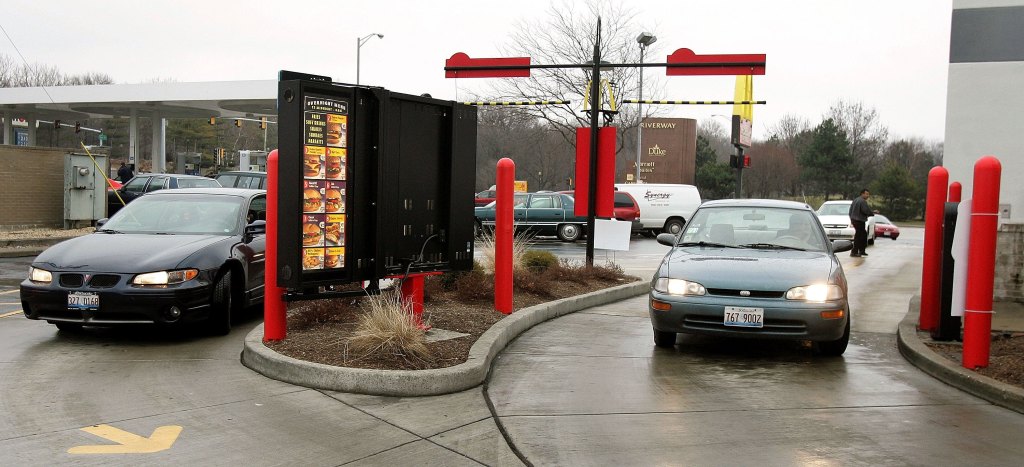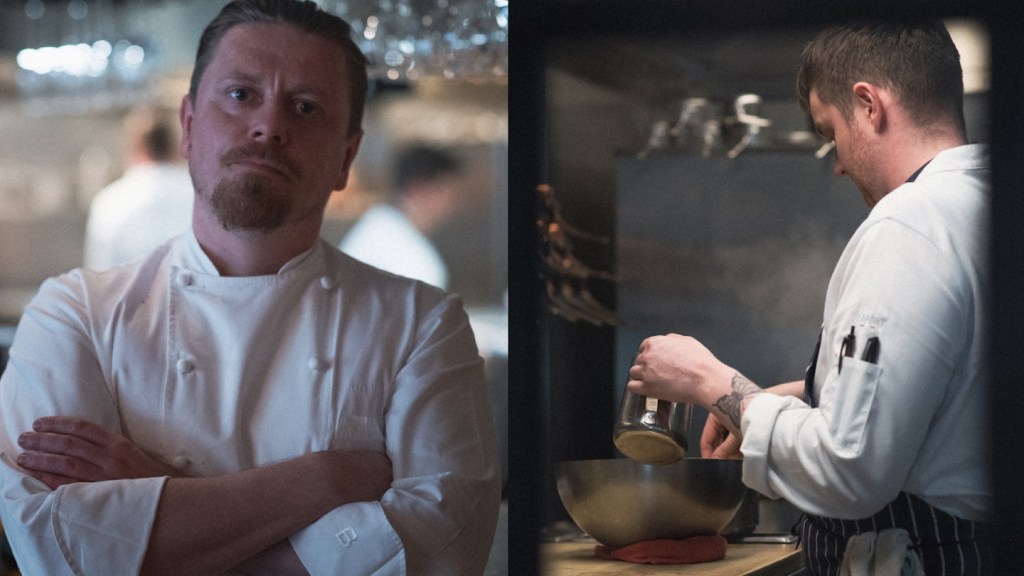Every year, QSR magazine examines all kinds of data about drive-thrus, mostly to figure out how fast food restaurants handle an ever-increasing number of customers who’d probably rather chew and eat their own seatbelts instead of parking their cars and going inside to order. In its most recent study, the big names in fast food estimated that 70% of their sales are handed out through the drive-thru windows, despite the fact that it’s taking even longer for employees to put those to-go orders together.
On average, it takes almost four minutes from the time a customer screams his or her order through a tinny speaker until the time he or she receives it. Last year’s average speed-of-service time at the “major players” was 234 seconds, which was nine seconds slower than the average speed in 2017—and more than 40 seconds slower than the average time in 2003.
Videos by VICE
Those same fast food chains are ultra-aware of what’s happening in their drive-thru lines, and they’re also aware of how goddamn impatient everyone is—which is why it’s surprising that it’s taken this long for them to start changing things up. “We know the No. 1 pain point for the drive-thru experience today is actually at the order point, and that hasn’t changed in the 15 years that I’ve worked in drive thrus,” Mike Grams, the chief operating officer at Taco Bell, told the outlet. “How do you make that faster? How do you make it easier? How do you make it more readable and more enjoyable?”
A desire to make drive-thrus faster and easier and more enjoyable is why McDonald’s dropped $300 million to buy a “decision logic” company called Dynamic Yield in March. The McGiant plans to use its shiny new tech on its digital menu boards, which will be able to recommend certain foods or beverages based on the time of day, the weather, or what the locals are ordering. (According to Wired, it could also suggest faster-to-prepare foods when cars started backing up in line.)
All of that sounds fine and helpful and not-at-all Black Mirror, but “It’s 9 a.m., how about a coffee?” won’t be where it stops. The Financial Times reports that some U.S. fast food chains are considering the use of license plate recognition (LPR)—yeah, just like the cops use—in order to identify frequent customers.
In theory, the LPR cameras wouldn’t automatically identify every customer—just the ones who had added their license plates to their profiles on the restaurant’s app, but again, WE HAVE SEEN EVERY EPISODE OF BLACK MIRROR.
But if this doesn’t turn into a cautionary tale, then the cameras would scan the customer’s plate, connect to his or her order history, and then the digital menu would make personalized recommendations. It could also allow for automatic payment from whatever credit card was also connected to that customer’s account, which would contribute to faster speed-of-service times, too.
An LPR-based startup called 5Thru told the Times that its cameras and technology were being trialled in the drive-thrus of several restaurant chains, and it expects to have its first major contract “by the end of next year.”
5Thru hasn’t named any names, but in an interview with Wired, McDonald’s CEO Steve Easterbrook mentioned LPR as a way that his restaurants could identify regulars and make personalized recommendations for them. “If customers are willing to identify themselves, we can be even more useful to them, because now we call up their favorites,” he said. “I think over time it’s going to be important to demonstrate that we can offer value back for customers willing to open themselves up to us.”
And then again, maybe getting out of the car—out of view of the cameras—doesn’t sound that bad after all. How much longer could it take?




